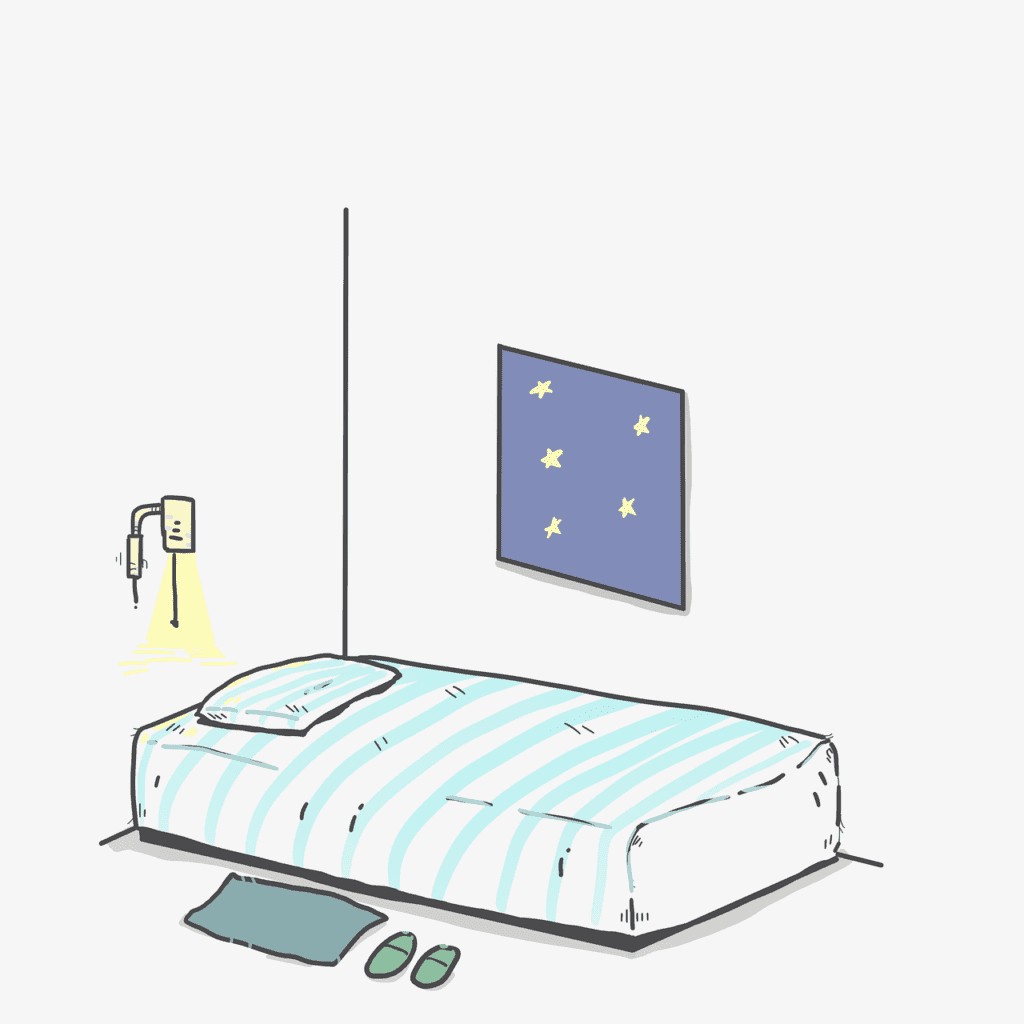Yoga, tai chi and jogging significantly improve sleep quality
Yoga, tai chi, walking and jogging are apparently among the most effective forms of exercise for alleviating sleep problems and noticeably improving sleep quality. This is the result of a new comparative meta-analysis published in the journal BMJ Evidence Based Medicine. The results suggest that exercise could be a serious, cost-effective and viable primary treatment option for people with insomnia.
According to studies, insomnia – characterized by problems falling asleep, waking up at night or waking up early in the morning – affects between 4 and 22 percent of the population. It is considered a risk factor for numerous health problems, including mental disorders, dementia and cardiovascular disease. However, the usual treatment options are limited: Medication-based sleep aids carry the risk of significant side effects, and cognitive behavioral therapy (CBT) is not widely available.
In order to compare the effectiveness of different forms of exercise with each other and with other therapies, the researchers analyzed 22 randomized trials with a total of 1,348 participants. The studies comprised 13 different approaches to treating sleep disorders, including seven forms of exercise – from yoga and tai chi to jogging and aerobics in combination with strength training. The evaluations were based on validated sleep scales and objective measures such as total sleep time, sleep efficiency and sleep onset latency.

The results showed that yoga increased the average duration of sleep by almost two hours, improved sleep efficiency by up to 15% and shortened the time it took to fall asleep by around 30 minutes. Tai chi extended the total sleep time by around 50 minutes, reduced the time spent awake after falling asleep by over 30 minutes and improved the time it took to fall asleep by around 25 minutes. Jogging or brisk walking also led to a significant reduction in the severity of insomnia – by almost ten points on the corresponding scale.
According to the authors, tai chi performed consistently better than conventional treatments over a period of up to two years. The combination of movement, mindfulness and conscious breathing appears to be particularly effective against night-time restlessness. The study authors attribute this to positive effects such as reduced sympathetic nerve activity and anti-inflammatory processes.
Although the majority of the studies examined had certain methodological weaknesses – such as small numbers of cases or inconsistent information on training intensity – the researchers emphasize the great therapeutic potential. Exercise can have more than just a supportive effect and is ideal for primary care and community prevention programs, particularly due to its low cost, good accessibility and lack of side effects.
“Although exercise has so far only played a minor role in clinical guidelines, our results provide well-founded evidence that can help to develop more differentiated recommendations for practice,” the study authors conclude.
In the future, customized exercise strategies could even be developed for individual sleep problems: It is conceivable that certain exercises could be tailored to specific symptoms of insomnia – such as problems sleeping through the night or difficulty falling asleep. According to the authors, there is a need for further research in this area.
Original Paper:
Read also:
Sleep: Natural light promotes quality of life in the morning | MedLabPortal
Editorial office: X-Press Journalistenbû¥ro GbR
Gender note. The personal designations used in this text always refer equally to female, male and diverse persons. Double/triple references and gendered designations are avoided for the sake of better readability ected.




